How to import smart optical sensors into laptops?
As smart devices have grown in recent years, traditional notebook computers need to undergo some reforms and innovations to attract consumers to buy or update their new notebooks or personal computers. Notebook computer manufacturers need to add a variety of new sensor functions to NB, one of the key sensors is the use of optical sensors. This article will introduce the latest optical sensor developments in laptops and explain their benefits to laptop users.
Ambient light sensors (ALS) are now standard features in almost the new NB market. As shown in Figure 1 below, the ALS is usually placed on the top bezel of the computer display to continuously detect and monitor the light conditions of the user's environment. With ALS, the notebook brightens up or darkens the screen according to the ambient light. The main benefits are reduced screen backlight power consumption and enhanced user visual experience.
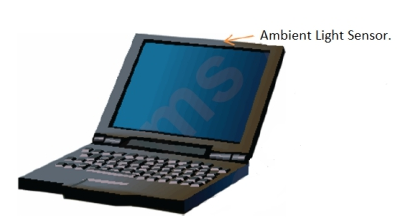
Figure 1. Ambient light sensor configuration on a laptop.
There are many factors to consider when designing an ALS in a notebook computer. Digital ALS solutions are superior to analog solutions in the following areas
(1) Using digital interface, multiple devices can be connected on the same I2C line.
(2) It can provide flexibility under extremely dark to bright sunlight and lumens.
(3) Stray light source and 50 / 60Hz flicker light suppression can be reduced by editable function.
(4) The interrupt function can save battery power, and does not require continuous polling like an analog solution.
(5) Block unwanted IR energy through ams patented dual diode technology, as shown in Figure 2.
ams' TSL2540 is the most common ALS chip of all the above products, with a small size of 2.0 mm x 2.0mm x 0.5mm. This device has been widely adopted in all kinds of world-brand notebook computers.
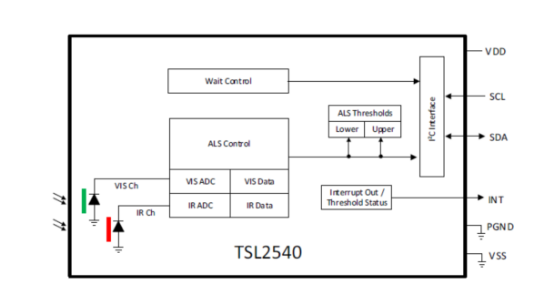
Figure 2. TSL2540 internal block diagram.
Compared to using only ALS sensors, the color XYZ sensor is a superior upgrade experience. Provides not only ambient lumen Lux information, but also detailed ambient light color temperature for notebook computer users. The XYZ sensor is the most natural spectrum for the human eye because RGB sensors cannot calculate chromaticity coordinates (xy). Some light sources are not in the Planckian trajectory (black dotted line), and measuring colors using only RGB can cause significant errors in measuring the color of these light sources. The accuracy of XYZ color measurement is 5 times that of RGB. The human eye can easily detect color changes within the measurement accuracy range of the XYZ sensor.
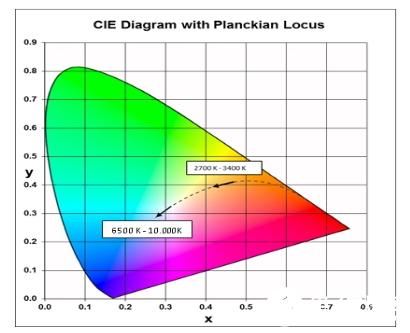
Figure 3. Planckian locus in CIE color map.
By receiving XYZ information, NB can obtain accurate ambient light CCT information and data, so the LCD display can dynamically adjust the panel color temperature to fully suit the user's environment. The color temperature is called white balance, not just a fixed CCT based on current LCD displays. Calibration point. (Usually the LCD display is calibrated at 6500k CCT). The picture in Figure 4 below shows its visual performance, and users can view the panel more naturally under their ambient light conditions. The left is the cold color temperature, and the right is the warm color temperature.

Figure 4. Comparison of XYZ sensors for cold and warm color temperatures.
ams' TCS3430 is a superior XYZ tri-color sensor with a color gamut that matches our perception of light. In addition to accurate XYZ information, it also benefits from the following unique technologies.
(1) Minimize the effects of infrared and ultraviolet spectral components
(2) Reduce power consumption
(3) Detect IR light source by measuring the slope of IR light.
(4) Accurate color and ALS can be achieved under changing light source lighting conditions
(5) Minimize movement and instantaneous errors
With the excellent calibration technology of ams, TCS3430 can achieve ≤0.01Δxy chromaticity accuracy ≤3% CCT error (CCTe) under various light source conditions.
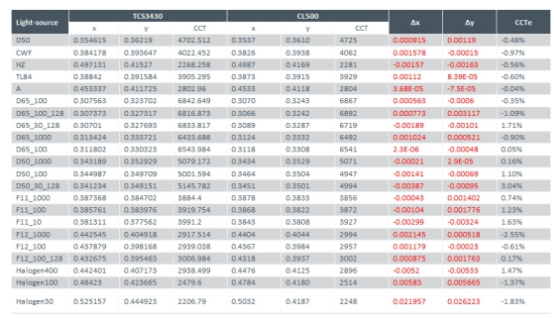
Table 1. Lux / CCT error of TCS3430 under various light sources.
Time-of-Flight (ToF) sensors are an innovative technology for mobile phones and 3D applications, as shown in Figure 5, for wake-up purposes. It measures the time that infrared light travels to an object and is reflected to a ToF sensor to detect the distance of the object. Because the speed of light is very fast, ToF SOC requires ultra-short (ps) and precise time-to-digital converters (TDC) to measure distances very accurately.
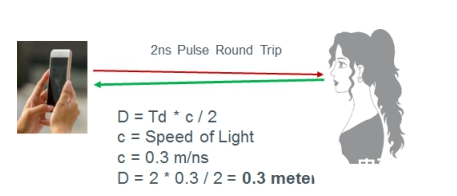
Figure 5. Time to fly ToF technology
When using ToF technology in the NB platform, it can be used to detect whether the user is sitting in front of the display. If so, the computer's display will immediately wake up for the user to log in without touching the keyboard, mouse, fingerprint, etc. Instead, once the user is not sitting in front of the laptop display, it will immediately turn off the screen or log off the PC to protect personal privacy. In addition to protecting privacy, it also extends the battery usage of NB or laptop computers. Especially in modern commercial NB, when the user is not using the NB and the display is turned on or in the active mode, a lot of battery energy is wasted in the NB standby mode. We call this technology user presence detection, as shown in Figure 6 below.

Figure 6. User usage detection
In addition to user detection, ToF can also be used to detect user behavior, such as approaching or moving away from NB. The NB can also dynamically and continuously detect the user's distance to optimize the NB configuration, such as turning down the volume of the microphone / speaker at short distances, and turning up the volume when detecting long distances, for example, in movie mode.
ams' TMF8801 is a one-dimensional ToF sensor that can support distances up to 2.5m, covering almost all working distances of all NB users. It uses direct ToF technology, high sensitivity single photon avalanche diode SPAD detection and ultra-fast time-to-digital converter (TDC) architecture, and its VCSEL output light pulse is less than 500 sec. Through the on-chip Cortex SOC and statistical histogram processing, the TMF8801 can detect 2cm to 2.5m with high confidence. Due to the fact that the VCSEL is emitted from the top bezel of the NB to the user's eyes, the TMF8801 has fully passed the Class 1 Class 1 eye safety certification of 19 ° FOI. The TMF8801 is also the industry's smallest 2.2 x 3.6 x 1.0 mm modular package. Figure 7 shows its block diagram.
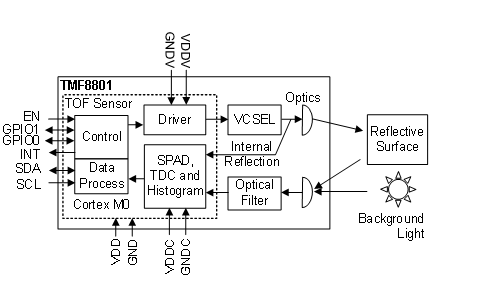
Figure 7. TMF8801 block diagram.
If you want to know more, our website has product specifications for optical sensors, you can go to ALLICDATA ELECTRONICS LIMITED to get more information

